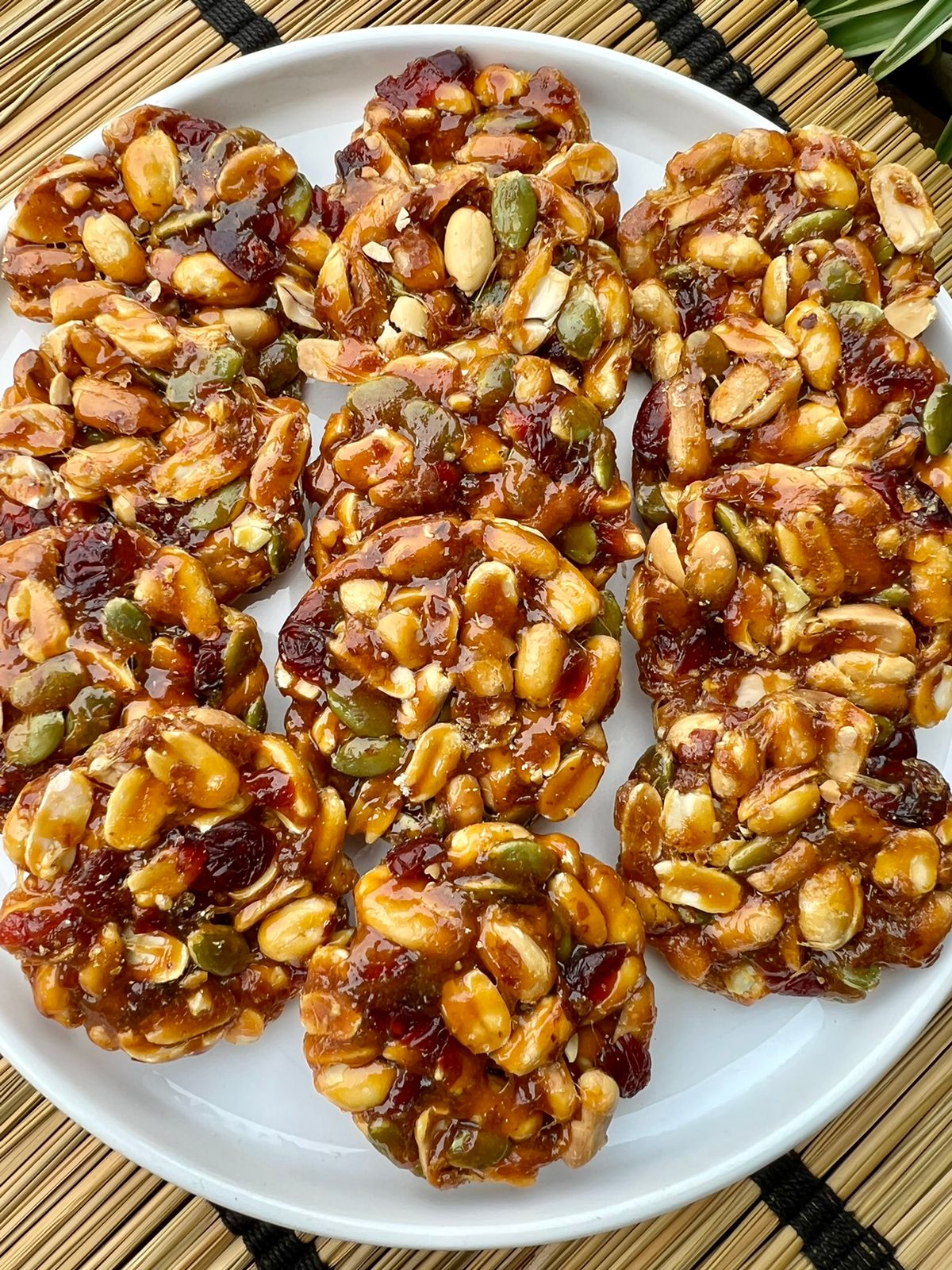
Intermittent fasting, a practice that has roots in ancient traditions, has emerged as a cornerstone of modern health and wellness practices. The myriad benefits of this eating pattern range from improved metabolic health to enhanced cognitive function. However, the choices you make when breaking your fast can significantly influence these outcomes. In this comprehensive guide, we’ll delve deep into the optimal foods to break your fast, tailored to various goals such as fat loss, muscle gain, and overall well-being.
The Science Behind Breaking Your Fast When you embark on a fasting journey, your body undergoes a series of intricate metabolic shifts. As the hours without food extend, insulin levels drop, promoting the body’s natural fat-burning mechanisms. Concurrently, human growth hormone levels surge, aiding in muscle growth and cellular repair. The foods you introduce post-fasting can either amplify these physiological benefits or diminish them. For a deeper dive into the science of intermittent fasting, click here.
For Fat Loss: Metabolism-Boosting Foods
- Protein-Rich Foods: Lean meats such as chicken, turkey, and fish are indispensable. They not only aid in muscle repair but also induce feelings of satiety, reducing the chances of overeating. Plant-based proteins like lentils, chickpeas, and tofu are also excellent choices for vegetarians and vegans.
- Leafy Greens: Vegetables like spinach, kale, and chard are nutrient-dense yet low in calories. They’re perfect for those aiming for weight loss and offer a plethora of vitamins and minerals.
- Healthy Fats: Avocados, nuts like almonds and walnuts, olive oil, and fatty fish like salmon and mackerel are not just delicious but also crucial for energy production and hormone balance.
- Bone Broth: This mineral-rich elixir aids in gut healing and is gentle on the stomach after a fast. It’s a soothing choice that also provides essential nutrients like collagen.
For Muscle Gain: Recovery-Focused Foods
- Complex Carbohydrates: Foods such as quinoa, oats, and brown rice are essential to replenish glycogen stores, ensuring you have ample energy for your next workout and aiding muscle recovery.
- Protein Shakes: These offer rapid amino acid delivery to muscles, promoting growth and repair. They’re a convenient option, especially post-workout.
- Eggs: A powerhouse of nutrition, eggs provide a complete protein source along with essential vitamins like vitamin D and choline.
- Greek Yogurt: This dairy delight offers a double benefit of protein and probiotics, ensuring muscle repair while promoting gut health.
For Overall Health: Nutrient-Packed Choices
- Fruits: Berries, apples, bananas, and citrus fruits are excellent choices. They offer quick energy, are packed with essential vitamins, and provide the body with antioxidants that combat oxidative stress.
- Nuts and Seeds: Beyond almonds and walnuts, consider chia seeds, flaxseeds, and pumpkin seeds. They provide a mix of healthy fats, protein, and fiber, making them a nutrient powerhouse.
- Vegetables: From cruciferous veggies like broccoli to antioxidant-rich bell peppers and hydrating zucchini, the options are vast and varied.
- Whole Grains: Foods such as whole grain bread, barley, and millets not only provide sustained energy but are also excellent for gut health, promoting a healthy microbiome.
Foods to Approach with Caution Post-Fast
- Processed Foods: These can negate the benefits of fasting by causing rapid blood sugar spikes. They often lack essential nutrients and can lead to feelings of sluggishness.
- Sugary Beverages: Drinks like sodas or sugary teas can disrupt the metabolic benefits achieved during fasting, leading to insulin spikes.
- Fried Foods: While they might be tempting, they are calorie-dense and can be hard on a post-fast digestive system.
- Alcohol: It’s particularly dehydrating post-fast and can be metabolically taxing on the liver.
Adapting Your Post-Fast Meal to the Duration of Your Fast
- 16-Hour Fast: A balanced meal with protein, fats, and carbs is ideal. Consider a salad with grilled chicken, mixed nuts, and a vinaigrette dressing.
- 24-Hour Fast: Start with a light snack like a handful of almonds, then progress to a larger meal after 20-30 minutes, such as a quinoa bowl with veggies and tofu.
- 36-Hour Fast: Begin with a light salad or bone broth, then move to a substantial meal after an hour, like a hearty vegetable stew with brown rice.
Conclusion The foods you choose post-fast play a pivotal role in the benefits derived from intermittent fasting. By making informed, nutrient-dense choices, you can optimize the health advantages of your fasting regimen.
Further Reading For those keen on exploring intermittent fasting, especially tailored for specific life stages or conditions, we have a plethora of articles and guides:
- Harnessing AI for Personalized Intermittent Fasting Plans
- Intermittent Fasting for Women: A Comprehensive Guide
- Foods to Prioritize During Your 8-Hour Window
FAQs on Breaking Your Intermittent Fast
1. What is the best food to break a fast for fat loss? When aiming for fat loss, it’s crucial to prioritize foods that stabilize blood sugar levels and promote satiety. Lean proteins like chicken, turkey, and tofu are excellent choices. Pairing these with leafy greens and healthy fats such as avocados or nuts can optimize fat loss. For a deeper dive into fat loss and intermittent fasting, check out our guide here.
2. How does intermittent fasting affect muscle gain? Intermittent fasting can support muscle gain, especially when combined with resistance training. The key is to consume protein-rich foods post-fast, like eggs, Greek yogurt, or protein shakes, to aid muscle recovery and growth. For more on muscle gain and fasting, read our detailed article.
3. Can I drink coffee or tea during my fasting window? Yes, you can consume calorie-free beverages like black coffee or unsweetened tea during your fasting window. They won’t break your fast and can even offer some metabolic benefits. However, avoid adding sugar or creamers. For more on beverages during fasting, explore our comprehensive guide.
4. Is it okay to break a fast with fruit? Absolutely! Fruits like berries, apples, and bananas are rich in essential vitamins and provide quick energy. They’re a great choice, especially after shorter fasts. However, after longer fasts, it’s advisable to start with something light like bone broth before introducing fruits.
5. What foods should I avoid post-fast? Post-fasting, it’s best to steer clear of processed foods, sugary beverages, fried items, and alcohol. These can cause rapid blood sugar spikes and might be hard on a post-fast digestive system.
6. How should I break a 24-hour fast? For a 24-hour fast, start with a light snack like a handful of almonds or some bone broth. After 20-30 minutes, progress to a larger meal, ensuring a balance of protein, fats, and carbs.
7. Can intermittent fasting help with menopause symptoms? Intermittent fasting can offer benefits like improved insulin sensitivity and weight management, which can be beneficial during menopause. However, individual experiences can vary. For a detailed look at intermittent fasting during menopause, refer to our article.
8. Are there any risks associated with breaking a fast with the wrong foods? Yes, breaking your fast with high-sugar or processed foods can lead to rapid insulin spikes, causing energy crashes. It’s also possible to experience digestive discomfort if you consume heavy or fried foods immediately post-fast.
9. How does intermittent fasting impact women over 60? Intermittent fasting can offer several health benefits for women over 60, including improved metabolic health, cognitive function, and weight management. However, it’s essential to approach fasting with caution and prioritize nutrient-dense foods post-fast. For a tailored guide on intermittent fasting for women over 60, click here.
10. Can I take supplements while fasting? It depends on the supplement. Water-soluble vitamins like vitamin C can be taken during the fasting window, but fat-soluble vitamins like vitamin D should be taken with food. Always consult with a healthcare professional before introducing any supplements during your fasting window.
Blog Tags: Intermittent Fasting, Post-Fast Nutrition, Fat Loss, Muscle Gain, Healthy Eating, Nutrient-Dense Foods, Fasting Benefits, Breaking a Fast, Fasting Duration.













